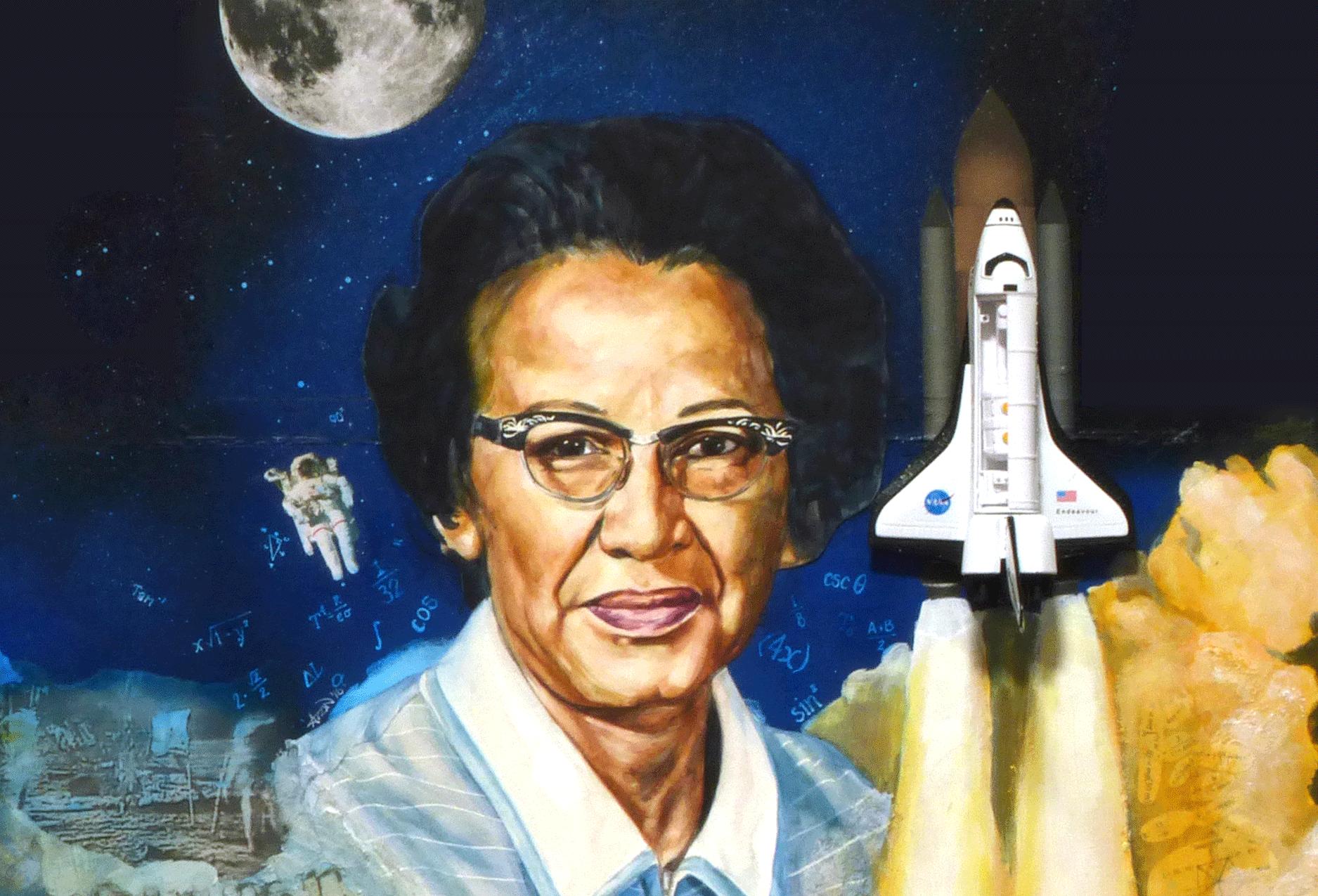Celebrating Space Week with the brain that powered America’s journey into space.
Travel into outer space is becoming more and more commonplace – you may have heard Elon Musk recently state that a manned mission to Mars is possible by 2024, a mere 6 years in the future but a tremendous 54.6 million kilometres away. It’s easy to forget the first satellite didn’t enter orbit until 1957, humans didn’t venture into space until 1961 (not for lack of trying), and no one had set foot on the moon until 1969.
The successful orbit of Sputnik in 1957 signalled America’s lagging behind Russia in the ‘space race’. A few remarkable women of colour were pivotal in the reversal of fortunes that resulted in the first American in space and the first man to walk on the moon. One of these women was Katherine Johnson.
Katherine Johnson graduated from college with a degree in Mathematics and French at 18 (3-4 years earlier than most of us mere mortals)! Despite this, it wasn’t until she was 35 that she began work at what was then NACA, now NASA. Her work there began in a pool of coloured women referred to as ‘human computers’, the data processors of the day due to a lack of computing power we’re so used to. In the early days of Johnson’s work at NACA, segregation was still common practice, with separate bathrooms, dining rooms, and offices for people of colour. Reflecting on the experience, Johnson stated she ‘knew segregation was there but [she] didn’t feel it’ due to everyone’s intense focus on research.
It wasn’t until NACA became NASA in 1958 that segregation was banned from the company. Despite this, there was still a lack of opportunities for women of colour, especially in southern states. Due to Johnson’s exceptional abilities as a mathematician, however, she was temporarily assigned to help the flight team, a previously all-male department. She became a permanent member of the team following her work on analytical geometry, an area which before her admission had had little success (coincidence? I think not). Her efforts resulted in the success of many space missions, the first of which being Alan Shepherd’s orbit in Freedom 7 (Mercury-Redstone 3 by its less catchy name), just three weeks after the Russians sent Yuri Gagarin into space. America was catching up.
Not only did Johnson calculate the window required to safely launch Freedom 7, she also calculated the trajectory so the capsule could be found after landing, and she plotted navigational charts for the astronaut in case the automatic flight system failed. Her faultless mathematics became renowned and, despite the introduction of computers for orbit predictions, astronauts and officials alike still asked Johnson to check the numbers. In his 1962 orbit around the earth, John Glenn famously refused to get in the capsule unless the calculations had been checked personally by Johnson.
Johnson later went on to play a large role in the Apollo 11 and 13 missions. Her work on trajectories allowed for the first man to ever walk on the moon in 1969 (if you ignore the conspiracy theories), America’s definitive winning of the ‘space race’. Furthermore, her navigational charts ensured that the crew of Apollo 13 safely returned to Earth even after a liquid oxygen tank explosion caused a catastrophic loss of power.
While this is just a brief snippet of the work Johnson completed throughout her life, I think we can agree it’s pretty impressive. I’m a Zoologist, not a Mathematician nor a space expert and yet even as an outsider to this field I can appreciate the remarkable work that Katherine Johnson has done to help shape the 20th century. Without women like her who are not afraid to create opportunities where there are none, so many things in life may not have been achieved. Just think, without her calculations man may not have stepped foot on the moon, and talk of commercial flights to space might just be a joke. She demonstrated that with determination and brilliance that glass ceiling can be broken, and anything can be possible. So here is to Katherine Johnson, the woman who won the space race.
Laura Krusin
image source: https://noticias.r7.com

